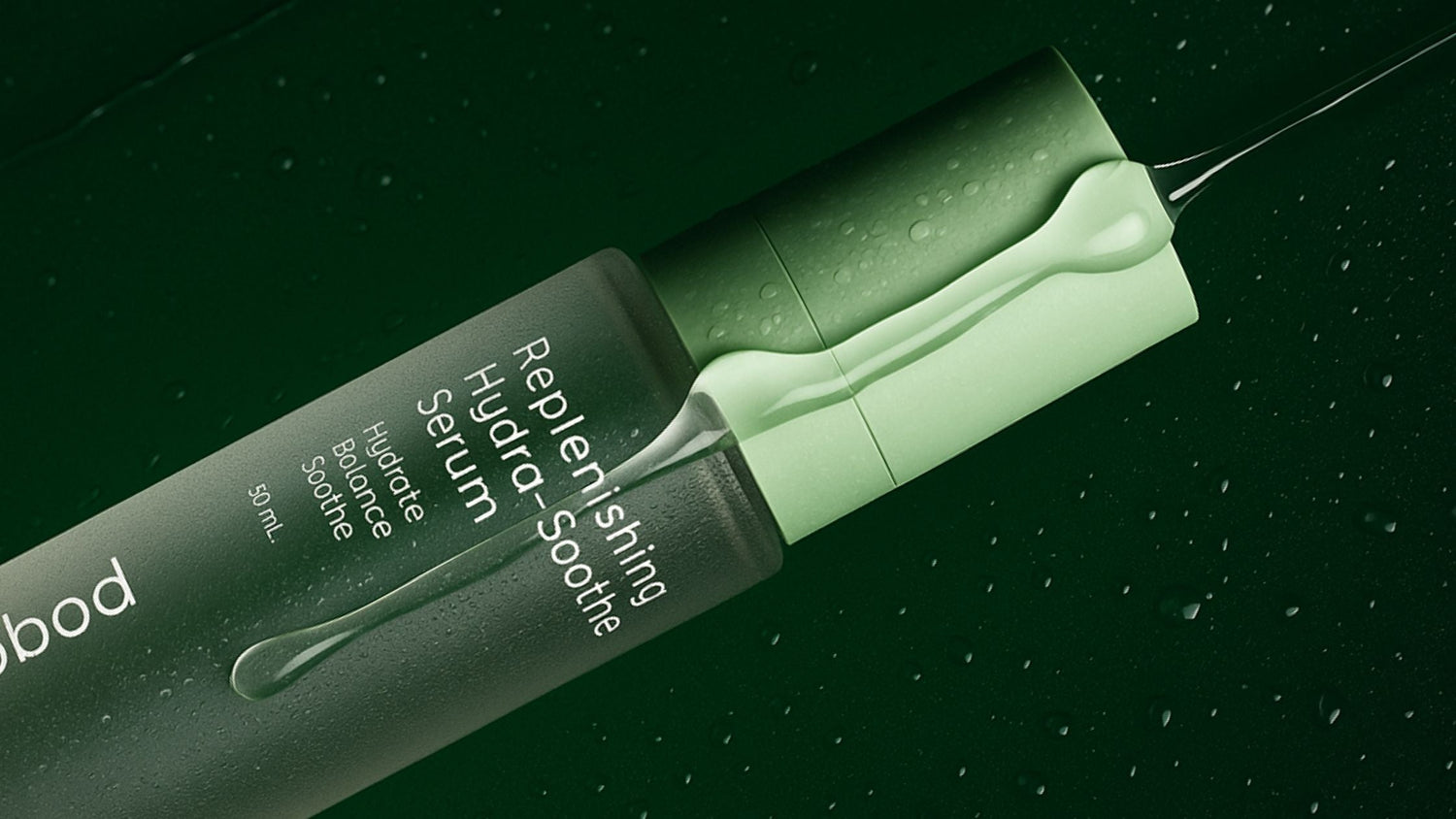You know how they say “oil and water don’t mix”? Well, turns out that’s true even in skincare. Water and oil are the foundation of most skincare products, and they play different roles in keeping our skin healthy and hydrated.
Water-soluble ingredients like Hyaluronic Acid and Glycerin are lightweight humectants that attract water into the skin, binding up to 1,000 times their weight in water. This deep hydration plumps up skin cells, improves elasticity, and gives that dewy, youthful glow.
On the other hand, oil-based ingredients like Jojoba oil and Squalane mimic the skin’s natural sebum. They form an occlusive barrier on the surface, slowing down transepidermal water loss (TEWL) — the natural evaporation of water from the skin. This is essential because research shows that a weakened skin barrier contributes to dryness, irritation, and sensitivity. Oils help seal in hydration, strengthen the skin barrier, and deliver essential fatty acids and antioxidants.
Why Traditional Moisturisers Combine Both
Traditionally, moisturisers blend water and oil-based ingredients together with the help of an emulsifier, creating the creamy textures we all know. These emulsions make skincare convenient and elegant to use.
But here’s the catch:
- Oils in emulsions can sometimes block the penetration of water-based actives like Hyaluronic Acid.
- Mixing oil and water in the same formula requires preservatives to prevent bacteria and fungi growth, which can sometimes irritate sensitive skin.
- Some studies suggest humectants like glycerin or hyaluronic acid perform more effectively when applied before oils, rather than mixed with them.
The Science of Layering Water and Oil
By layering water-based and oil-based products, each ingredient gets to work at its full potential.
-
Water-based products first (serums, essences, toners): These deliver hydration and active ingredients directly into the skin. Because they are lightweight and molecularly smaller, they penetrate deeper.
-
Oil-based products second (facial oils, balms): These sit on top, creating a breathable seal that locks in hydration and prevents evaporation.
This approach mimics the skin’s own natural structure: the deeper layers of the epidermis are water-rich, while the outer layer (the stratum corneum) relies on lipids to stay strong and resilient.
A Biobod Example: Serum + Oil = Skin Harmony
Using a two-step approach like our Replenishing Hydra-Soothe Serum (a water-based formula rich in humectants and calming plant actives) followed by our Barrier Restore Nutrient Oil (packed with ceramides, squalane, and essential fatty acids), you get the best of both worlds.
- The serum draws hydration deep into thirsty skin.
- The nutrient oil locks it in while supporting the skin barrier with lipid replenishment.
Together, they address both immediate hydration and long-term barrier repair, which is essential for happy, resilient skin.
Why This Matters for Long-Term Skin Health
Your skin barrier is your body’s first line of defence against irritants, pollution, and allergens. When it’s compromised, issues like dryness, redness, and breakouts often follow. By layering water and oil correctly:
- You maximise hydration at a cellular level.
- You protect against moisture loss with a strong lipid layer.
- You reduce the need for heavy creams loaded with emulsifiers and preservatives.
So, next time you apply your skincare products, consider layering your water-based and oil-based products instead of relying solely on a single moisturiser. It’s a simple shift that can radically improve skin hydration, strengthen the moisture barrier, and enhance overall skin health.
Pro tip: Always apply products from thinnest to thickest texture — water-based serums first, oils or creams last. Your skin will thank you with improved resilience, radiance, and balance.




